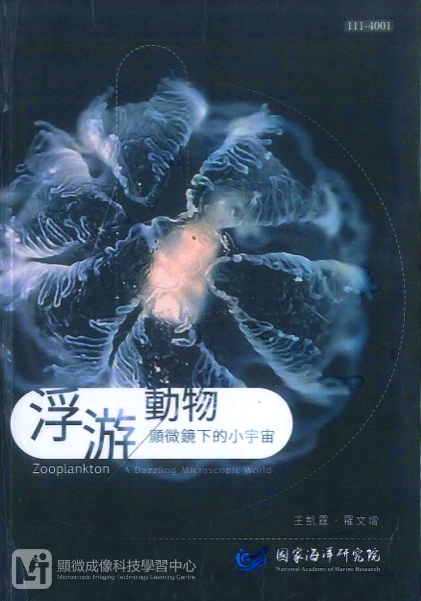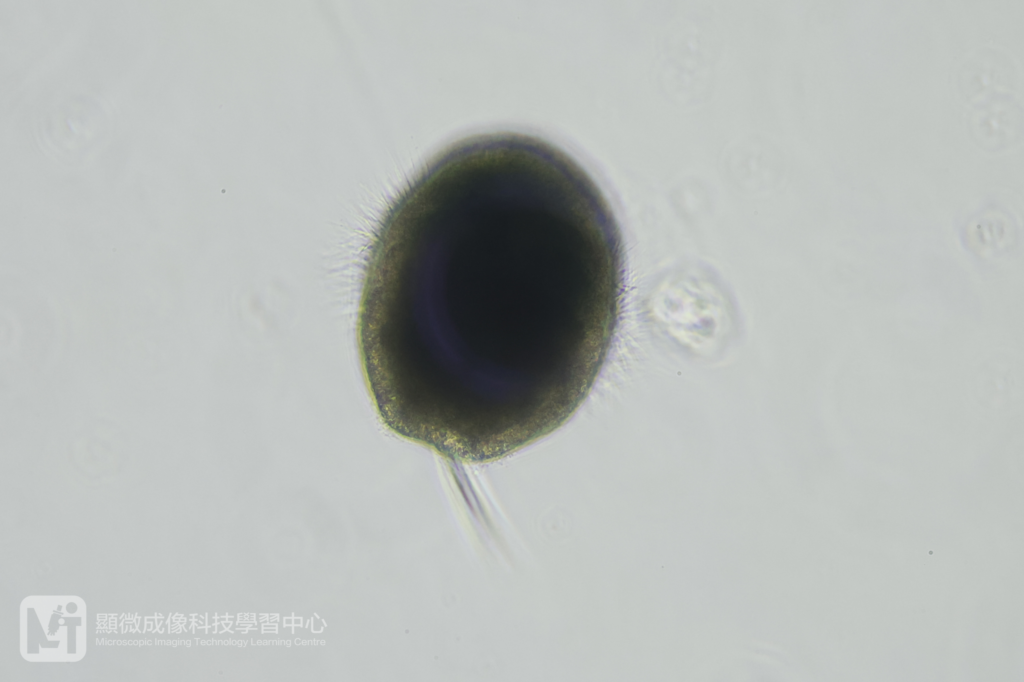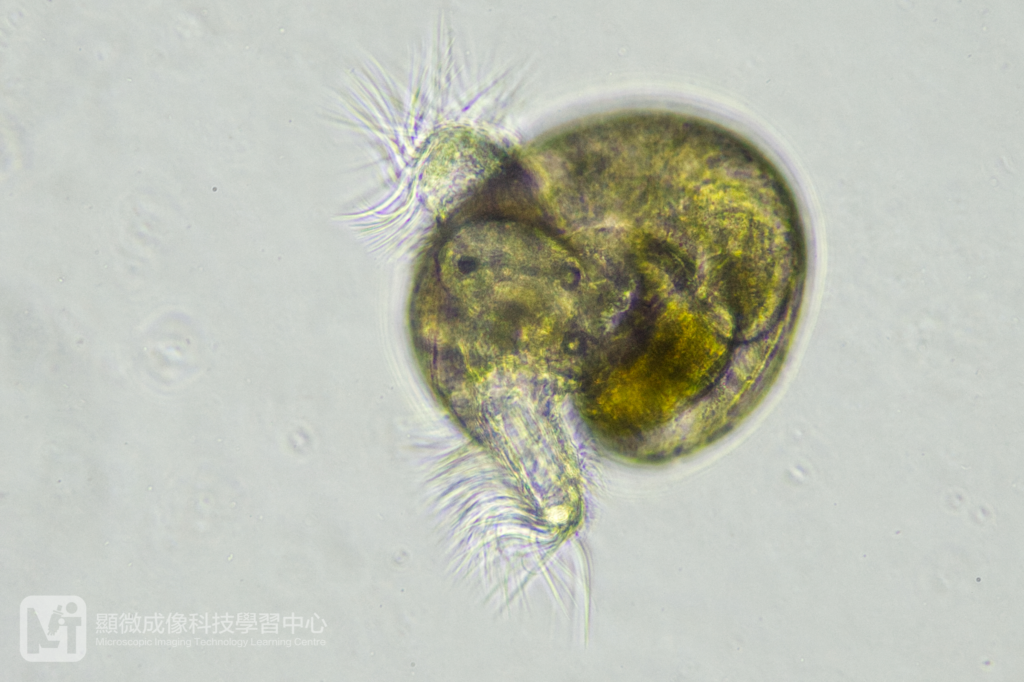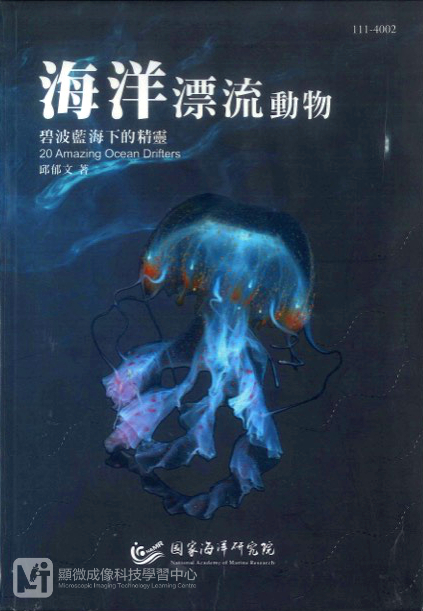
The ocean is a habitat full of mystery, and among the many categories of marine life, zooplankton is particularly intriguing. However, getting a glimpse of these tiny and mysterious creatures is not easy. It requires collecting samples that show their most real and fresh appearance and using microscopes to capture and observe them. The book introduced below is a unique guide that allows readers to explore this small and mysterious world.
"Zooplankton - A Dazzling Microscopic World" is Taiwan's first plankton guide, featuring 17 animal phyla, over 250 articles with accompanying images, and over 800 full-color photographs. The layout and design of the guide prioritize practicality, with photos set against a black background, highlighting the forms of plankton. As most of them are white or transparent, the black background makes their outlines clearer. Each phylum has a cross-page spread, accompanied by a light brown background, silhouette appearance, and a list of species in the category, making it easier for readers to search for species. Each species includes classification information such as phylum, class, order, and family, as well as the collection date, location, and actual size of the sample. With about one hundred words of description and multiple photos from different angles, the book truly showcases the world of zooplankton.
The most important function of a biological guide is to identify species, so the author has written the international Latin names for each species. However, many individual zooplankton are still in the juvenile or immature stage, making them almost impossible to identify to the species level. Therefore, there are many unidentified species, the author tries his best to classify them into families or genera. To facilitate readers who do not understand Chinese, the phylum, class, order, and family are also translated into English.
This book had a significant impact on me. I discovered some animal phyla I had never heard of before, such as the Foraminifera (which I initially mistook for the Porifera or sponges), and the Radiolaria. Among them, the Doliolid is the "coal poop ghost" that I have always wanted to identify, and it finally solved my puzzle.

Another surprise was that the sea butterfly in the mollusk phylum has a pair of rotatable large eyes and elephant-like ears, which allow it to fly in the water instead of crawling. It breaks my perception of gastropod animals. (I have photos of both to provide.)

If readers find the guide too informative, factual and tedious, do not miss the same series of "20 Amazing Ocean Drifters." This book delves into 20 types of ocean drifters, all visible to the naked eye, including comb jellies, jellyfish, nautilus, goose-necked barnacle, and sargassum frogfish etc. You may have heard of some of these names, but you probably know little about their characteristics or stories.

The author, Yu-Wen Chiu, is particularly skilled in summarizing each species in two sentences before introducing them. For example, "Sargassum frogfish: Roaming the seas throughout life, drifting everywhere as a big eater." "Comb jellies: Working together in harmony, they win battles and ride the wind and waves, beating hundreds of ships." His intends to promote popular science knowledge of the ocean, combining academic expertise and popular science explanation functions. Through the text introduction and ecological photos of each species, he shares with readers the ecological, morphological, and biological information of 20 ocean drifters, enabling everyone to further appreciate these fantastic marine creatures.
Author: WONG Chi Chun (Biology Teacher)




